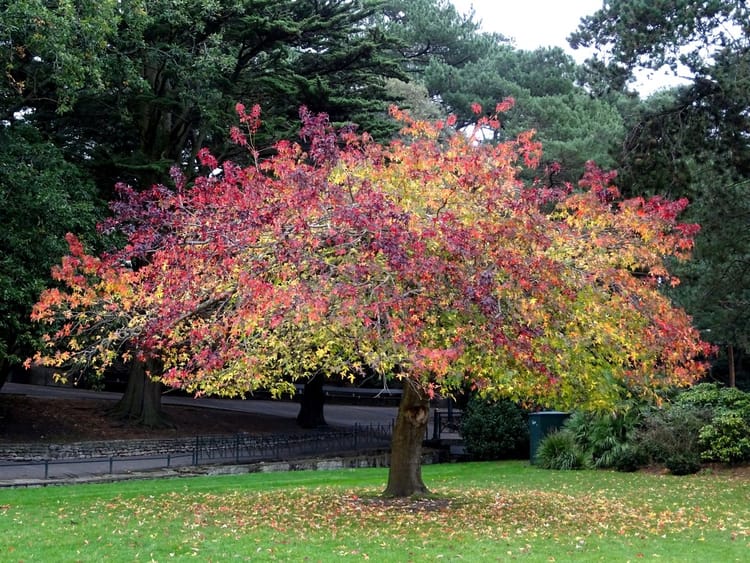Botanical Names

You may already know that plants typically have 2 names: a botanical name and a common name. Botanical names are unique to a plant, whereas a common name differs in other languages and even regionally. To avoid confusion, garden designers and landscapers specify plants using the botanical name. Understanding botanical name formatting can help you learn about a plant just by looking at its name.
Botanical Name Format
Botanical names are written in Latin and formed of three components: Genus, Species, and Variety.
Genus
Genus is a group of closely related plants, for example all true Sages are in the "Salvia" genus. Knowledge of other plants in the same genus can give you some understanding of an unfamiliar species. Sometimes a plant may be listed as <Genus> spp. , where spp is short for "species". This means that any plant within that genus may be used.
In written form the Genus is always capitalized.
Species
Species are individual plants within a genus. While plants within a species may differ from one another they are genetically similar enought that they tend to have the same look and growth patterns. Species names on their own are not unique like Genus names. It is the species name that we can glean additional info. For example, many plants have the species name "sempervirens": semper meaning "always" and virens meaning "green", means this plant is an evergreen (i.e. retains green leaves year round). Two common suffixes: "flora" and "folia" mean"flowers" and "foliage" indicating that this species name is descriptive of it's flowers or leaves. Plants with the species name "grandiflora" have large flowers. For the "folia" suffix, often this describes the plant as having leaves similar to another group of plants when a genus name is used as the prefix. For example, the botanical name for Toyon is Heteromeles arbutifolia, meaning "leaves like Arbutus" (Arbutus is a genus of tree and shrub species). Another common type of species nomenclature is to name it after the region it is endemic to. Examples of this include"australis" meaning from "Australia", or "mexicana" meaning "from Mexico". If you are ever curious about species names, you can search their meanings using the Botanary tool at davesgarden.com.
In written form the species is not capitalized.
Variety
The variety is not always noted. The variety is to distinguish a version of the same species with a unique characteristic that is otherwise genetically identical to the species. For example, Heteromeles arbuifolia 'Davis Gold' has yellow berries instead of the normal red berries on standard Heteromeles arbutifolia. While varieties can be descriptive, typically related to their specific flower color, sometimes they are named after the botanist that discovered it. Varieties can also use Latin words to describe common characteristics, for example var. repens describes ground cover varieties. Another example is 'variegata', used to indicate a variegated variety of a species. Sometimes these varieties are trademarked terms or patented cultivars which can only be grown by license.
In written form the Variety is generally wrapped in single quotation marks '...' unless it is a Latin word.
Hybrids
Hybrid plants are species that have been created from cross-pollination of two different plant species by nursery growers. Hybrids follow the naming convention of natural species, but will often add "x" before the genus or species name to indicate that this is a hybrid. Some hybrids will have a name that has no species, just "<genus> <variety>", such as Salvia 'Pozo Blue' (Pozo Blue Sage, a hybrid of S. clevelandii and S. leucophylla).






Comments ()